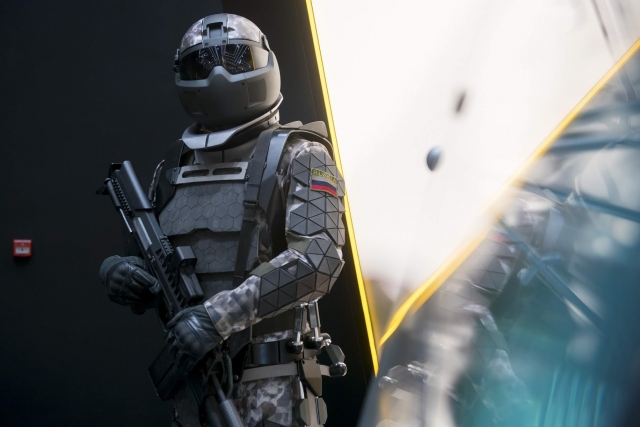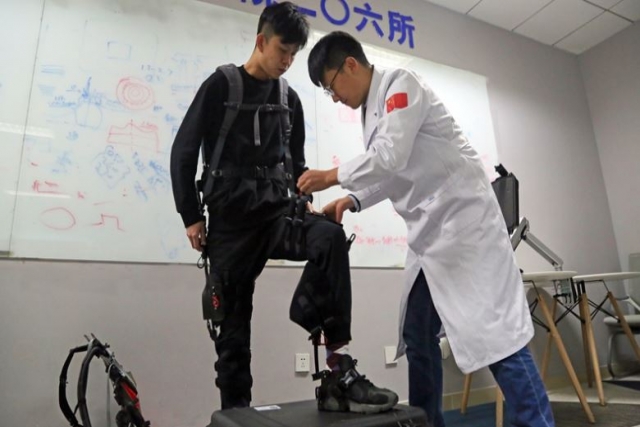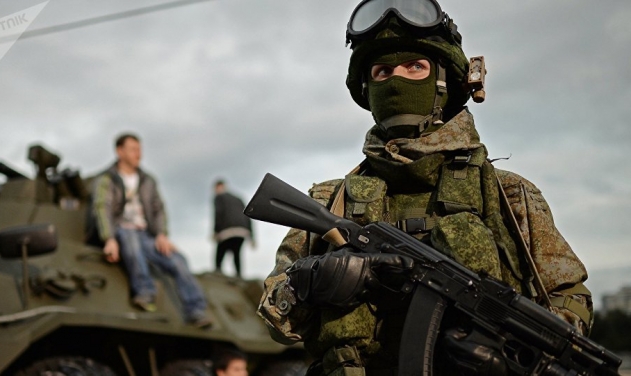Russian Army Receives 18000 'Ratnik' Combat Outfits

The Russian Army are all-protected by Ratnik infantry gear, thousands of which they received recently, a month ahead of schedule.
Manufacturer Central Research Institute for Precision Machine-Building (TsNIITochMash) announced Thursday that they handed over nearly 18,000 Ratnik combat outfits to the military.
Ratnik Combat Suit
Ratnik is an infantry combat system, developed as a "future soldier" concept. It includes dozens of pieces of equipment, comprising firearms, body armor, optical, communication and navigation devices, life support and power supply systems, and exoskeleton. It also includes a self-contained heater, a backpack, an individual water filter, a gas mask and a medical kit.
The Ratnik vest’s effective protection area is one of the world’s largest. Its plates can stand ten sniper rifle shots fired at a distance of 10m. The reinforced configuration of the Ratnik vest provides extra lateral protection and anti-shrapnel protection for the shoulders, hands and groin. The Ratnik’s overalls protect the whole body from the impact of bomb fragments.
The second-generation Ratnik combat gear have been supplied to the ground and airborne troops as well as the Marines since 2016. They consists of armored clothing and combat equipment, small arms, and targeting and reconnaissance gadgets.
An advanced Ratnik-3 combat gear with an integrated exoskeleton and a helmet visor-mounted target designation system is currently being developed for Russia’s Armed Forces. They will incorporate stealth fabric, anti-mine boots, an anti-thermal suit hiding the soldier from infrared sensors and anti-radar camouflage suit. Other plans include introducing a tactical system using micro UAVs, where the camera stream from the UAV will be projected to the helmet’s visor or separate goggles. The electric goggles can also be used to display tactical orders, maps of the area, etc.
The helmet protects a total area of 30 square decimeters, but at the same time remains very light – just 1kg, which allows it to be equipped it with various instruments without overstraining the soldier’s neck. The helmet’s sub-crown system eases not only low impulse impacts (such as strikes with a stick or stone), but also high impulse ones (caused by bullets or bomb fragments).











